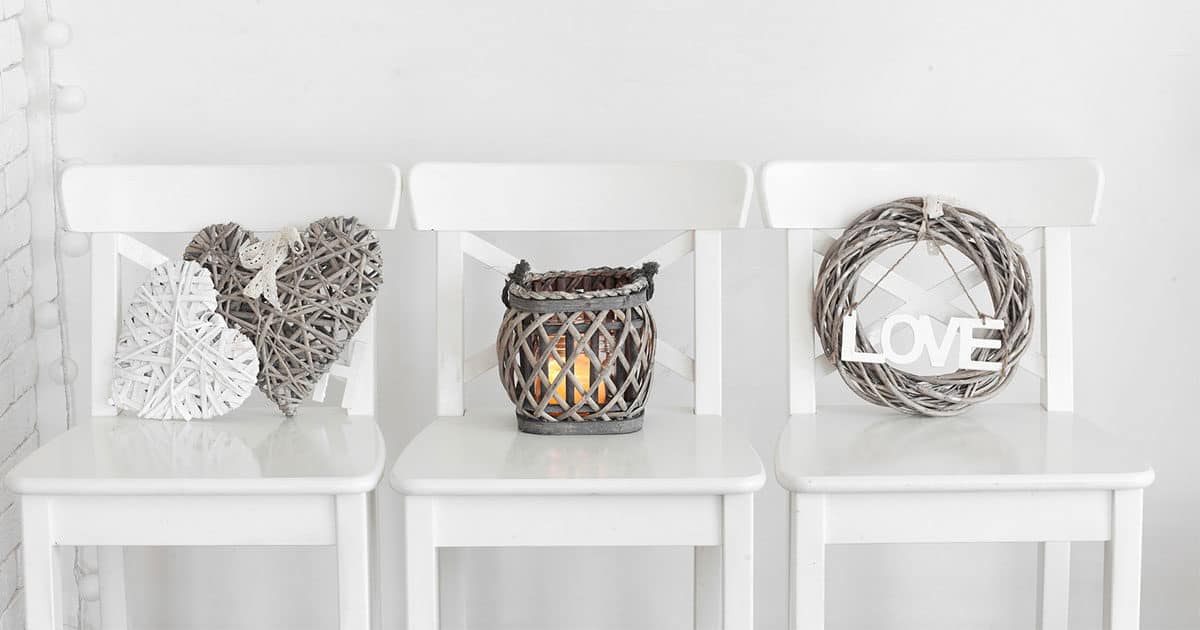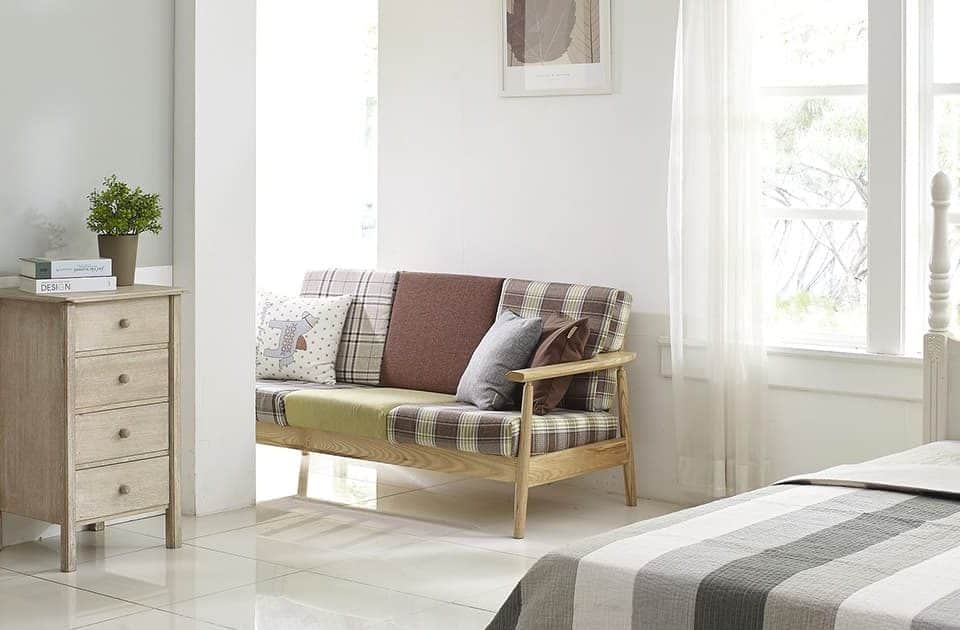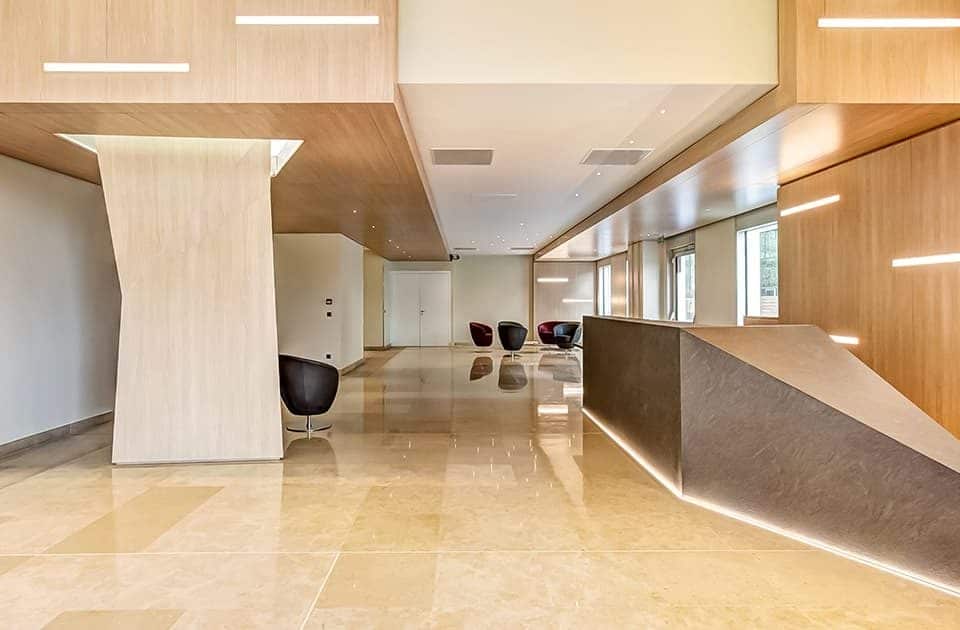Seven Interior Design Mistakes to Avoid

Staircase Design Guide
14th May 2019
Modern vs Contemporary Design: The Key Differences
4th June 2019While home sales in the UK are relatively flat at the moment thanks to the uncertainties around Brexit, there has been an increase in the number of people carrying out improvements in their existing homes. These improvements can range from anything from renovating a bathroom to adding an extension. Most home remodelling, however, involves updating interiors as a result.
When it comes to interior design, it’s not always as easy to get right as some home improvement shows (of which we have a lot) would have us believe. Instead, it’s pretty easy to make mistakes when it comes to the layout of a room, the colour scheme you choose and the furniture you buy. If you want to avoid making these mistakes, one option is to work with an interior design company. Another is to follow these seven simple rules for avoiding interior design mistakes.
1. Picking paints first
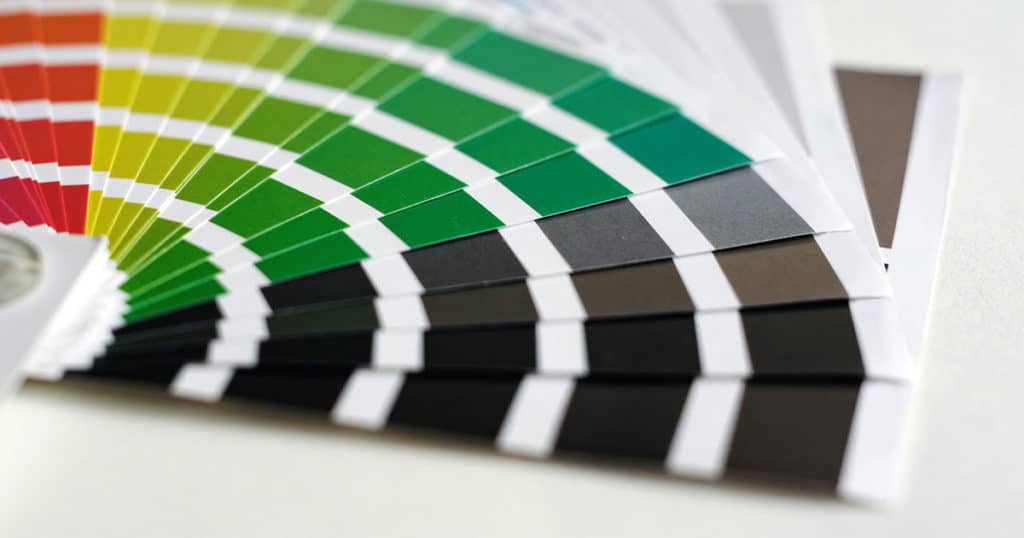
If you’re starting with a blank slate (an empty room with white walls), it can be very tempting to pick your paint colours before you pick out your furniture and fixtures. It’s much easier, though, to do the reverse and pick your furniture first then your paint colours afterwards. If you have a specific colour in mind, remember, you don’t need to paint the walls with it, you can always incorporate into cushions, curtains and area rugs.
2. Sticking to a theme
Most people have a style in mind when they redecorate a room. However, sticking to this style without adding in any contrast is a mistake because what might initially seem different or interesting can end up seeming bland and boring if there is nothing but in a room. Look to mix things up with contrasting pieces; remember not to go too far in this direction either; otherwise, your look will be disjointed.
3. Falling for a trend
One of the reasons people often find themselves sticking to a theme is because it’s what’s in fashion when they’re decorating. Some of these themes may well become timeless. More, however, are likely to become dated pretty quickly, leaving with a room that you feel the need to redecorate again.
4. Inaccessible Art
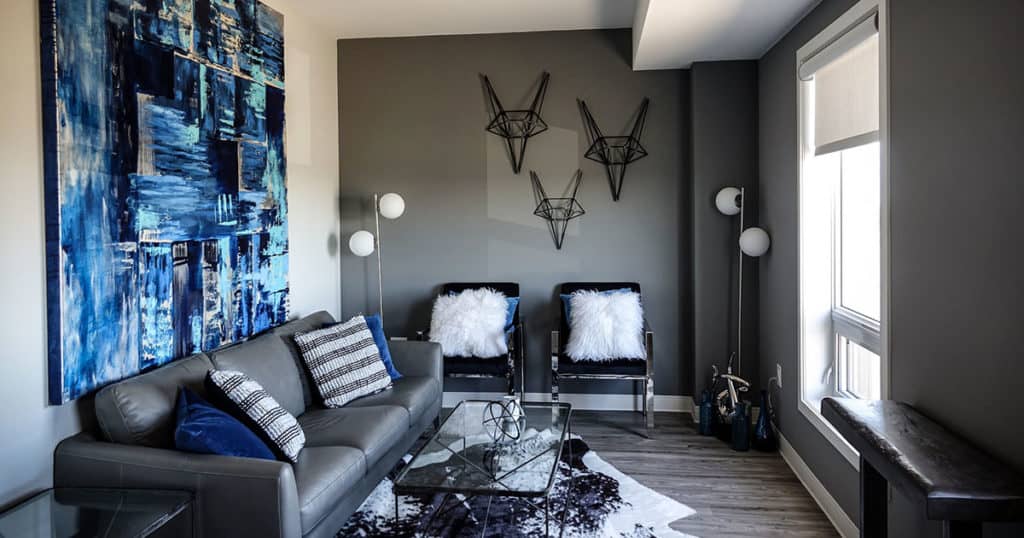
Art is a great way to add contrast and show off your personality. It only works, however, if people can see it. A common mistake is to place it too high, or too low, on the wall. As a rule of thumb, try to keep artwork between eight and ten inches above your furniture.
5. Placing furniture against walls
Unfortunately, if you have a small room, this might be a mistake you can’t avoid. If you have the space, however, try not to place your furniture against all the walls in a room because, while it might save you space, it also makes a room look and feel smaller. Instead, place furniture, so there is a flow across and around the room.
6. Getting the scale wrong
Each piece of furniture relates to every other piece of furniture in a room. If their sizes don’t compliment each other, it means the scale is wrong, which has a significant impact on how a room looks and feels. A large couch in a small room, for example, can make you feel cramped while a small piece of art on an expanse of blank wall leaves you looking at nothing else. Use the size of your room as a guide to the size of furniture you choose and start with a few signature pieces that you can build everything else around.
7. Not leaving white space
White space is the space between furniture, fittings and furnishings. If there isn’t enough, just like large furniture in a small room, an interior will feel cramped and crowded and uncomfortable to be in because you don’t know where to rest your eye or what to look at.
Planning is important
Perhaps the most important thing to remember when it comes to home remodelling and interior design is that having a plan will save you a lot of time, effort, and money in the long run. If you don’t have time to plan, you probably don’t have time to make the changes. In which case, employ someone who can.
Find an interior design company with a good reputation and a portfolio that suits your style and meets your budget. This way, you can avoid these common interior design mistakes and are more likely to end up with a room you love.

